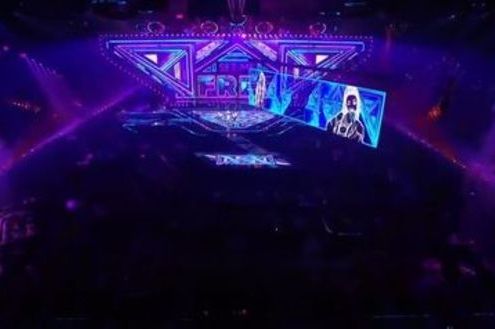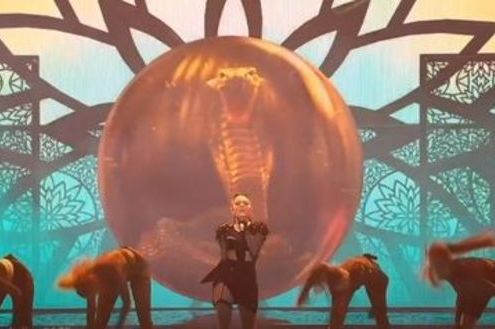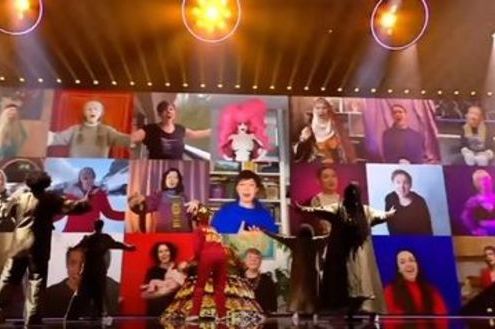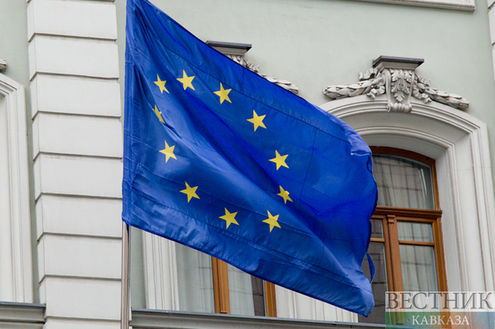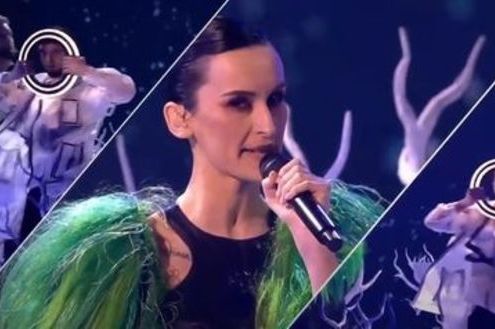A personal exhibition of the Azerbaijani and Russian artist, a theater artist, teacher, vice-president of the Russian Academy of Arts, People's Artist of the USSR, Hero of Socialist Labor, laureate of the State Prize of the USSR and the State Prize of the Russian Federation, Tahir Salahov, has opened in the Tretyakov Gallery. The exhibition features more than 80 paintings and drawings. Tahir Salahov spoke about his work and the exhibition in an interview with the editor-in-chief of Vestnik Kavkaza, Maria Sidelnikova.
- How does a picture appear, how can its idea be born?
- Sometimes an eternal painting can appear by accident. They say that Surikov saw a crow on snow and decided to paint the picture 'Boyar Morozova'. I had similar situation with the portrait of Aidan [the daughter of the artist, Russian and Azerbaijani artist and gallerist, Academician of the Russian Academy of Arts, Aidan Tairovna Salakhova]. I was engaged in other works in the 1960s. We lived in the House of Artists on the Avenue of Builders in Baku. Suddenly somebody knocked at my door. I saw Aidan, who was dressed in a white coat. She presented a toy horse, she came in, saw the horse and sat down. I spent two or three days working on the picture.

I saw Rostropovich in Paris at the celebration of the 200th anniversary of the French Academy of Arts. He gave a concert there, I heard his music for the first time and made my first sketches of him. A few years later Rostropovich came to Baku, I visited all of his workshops and asked him to pose for me. Rostropovich invited me at 7am, but I was 15 minutes late, because he lived in a government house and there was a difficult admission procedure. Rostropovich said: "You were 15 minutes late, but I still agree!" He put on his coat, took his instrument and sat on the chair and was performing his favorite pieces for me for about 40 minutes. I made a sketch which was signed by Rostropovich: "Dear Tair, thank you for your talent. Your Slava." And when he saw the painting, he said: "Thank you!"
So, the work was born in Paris, continued in Baku and finished in Moscow. Today, the portrait of Rostropovich is being exhibited for the first time, although it has been in the collection of the Tretyakov Gallery for a long time.

- Your brushwork is defined as "severe style". Do you agree with this definition?
- This severity brings joy, because it comes from the truth of life. Everyone is used to see visual arts pleasing to the eye. But there are artists such as Geliy Korzhev, Viktor Ivanov, Harold Clayton, Pavel Nikonov, who have passed away or still alive. Their legacy is priceless. Their children learnt from me. We have tried to be useful for that culture. And if you are honest as a man, you will be honest as an artist either.
I often re-read 'The Portrait' of Gogol. Those who red this story will understand what the artist is. I have read it, and this is a reference image of an artist for me. Chertkov, who was described by Gogol, has worked idly all his life and came to a bad end. You cannot be idle in the art. Because it will always be to your own detriment.
- Has the Soviet Union contributed to the development of art or, on the contrary, slowed it down?
- You can think about it in different ways. One might think that it was a state multiculturalism. Something united us, something led us to this truth. I do not blame the system. But the life dictates new discoveries, new businesses, new ideologies and attitudes toward art. I welcome talented people. I welcome creative quests of young people. I welcome love of the homeland and attempt to do something useful for it.
- Are you continue working now?
- Of course!










